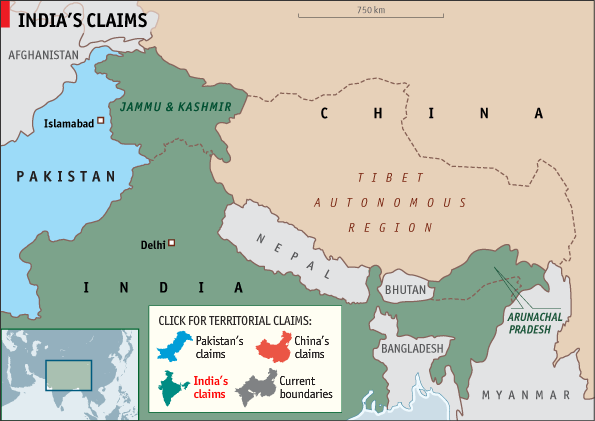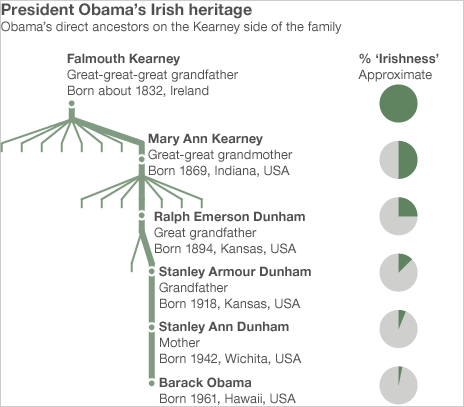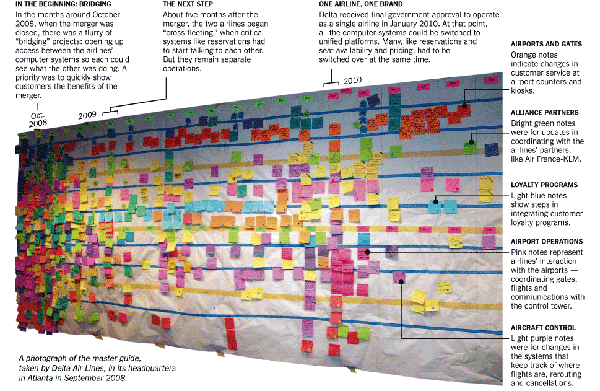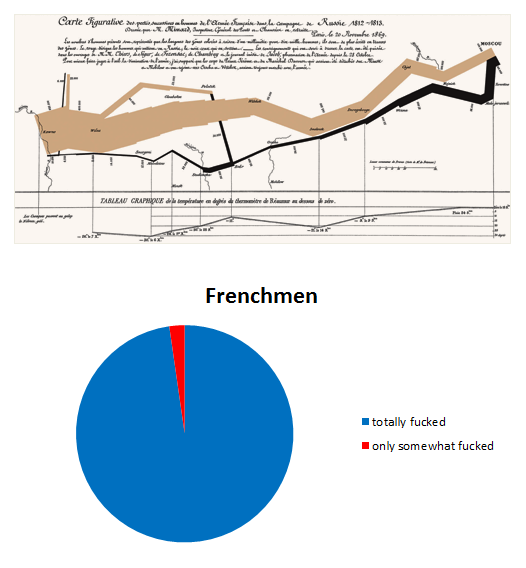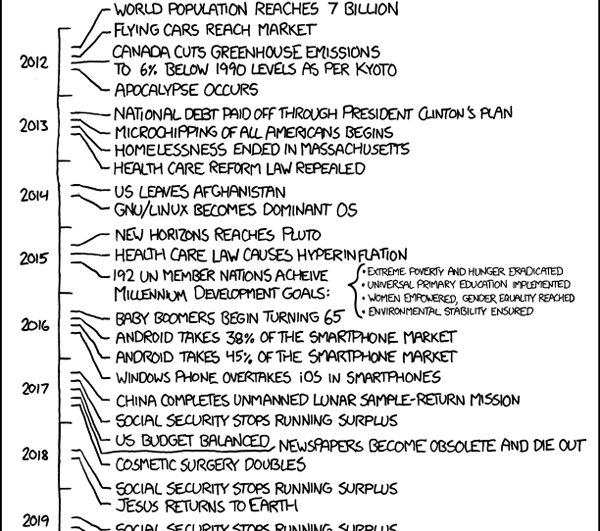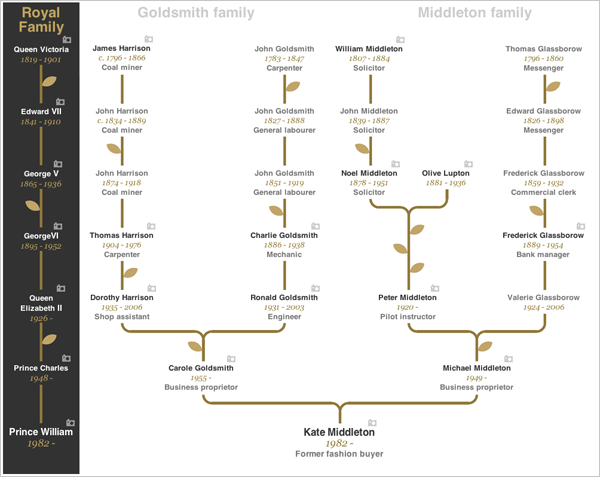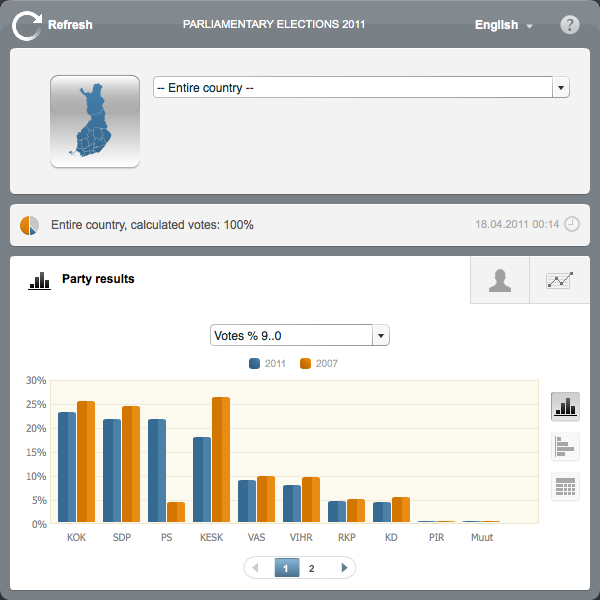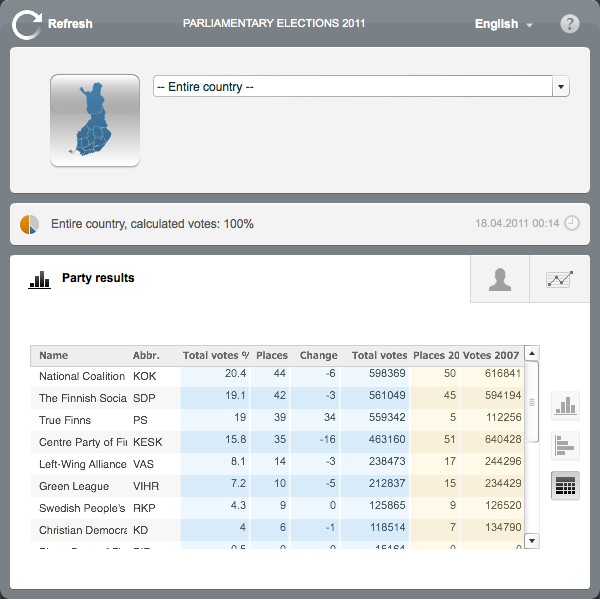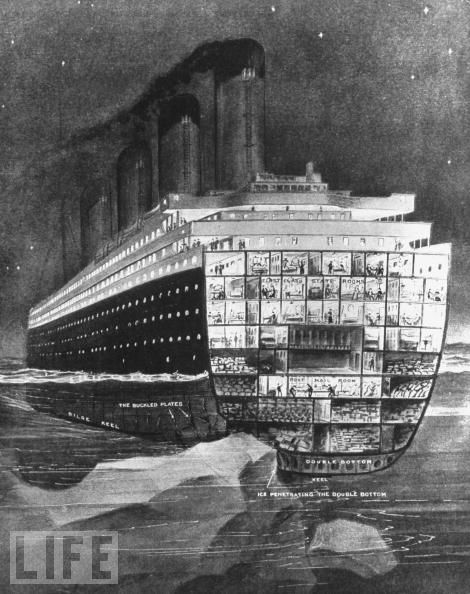To the victors go the spoils of war. Often unheralded of course is the spoil of drawing the new map. But, in and among the Himalayas, the territory of Jammu and Kashmir is yet to be won decisively by any side. Look at 1947, 1965, and 1999, we still have the territory contested and different parts controlled by different countries.
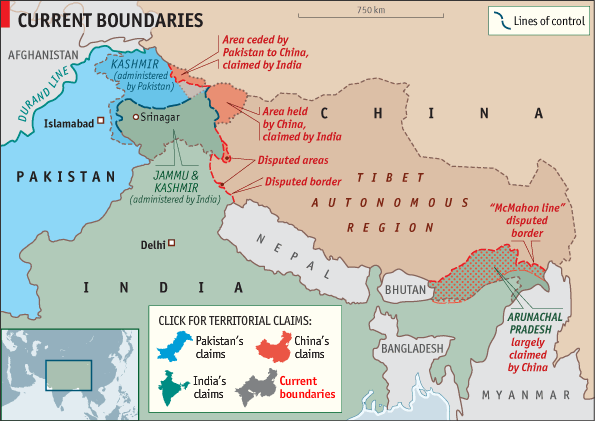
The Economist, noting the potential flashpoint, created an interactive map to highlight the region and the situation, wherein one can view the different claims and how they overlap. Nothing particularly fancy, but it need not be to clearly communicate the fact that Jammu and Kashmir is mess of the most sovereign order.
However, the interesting bit of the story is how in India the government, which claims the entirety of the territory, censored the print-edition of the Economist wherein the conflicting claims and current lines-of-control were drawn with a sticker because the map was incorrect, to use the BBC’s word, as it showed the region divided between India, Pakistan, and China.
Note here the Pakistani claim versus the Indian claim—I shall leave you, the reader, to investigate the differences between the Chinese claim.

